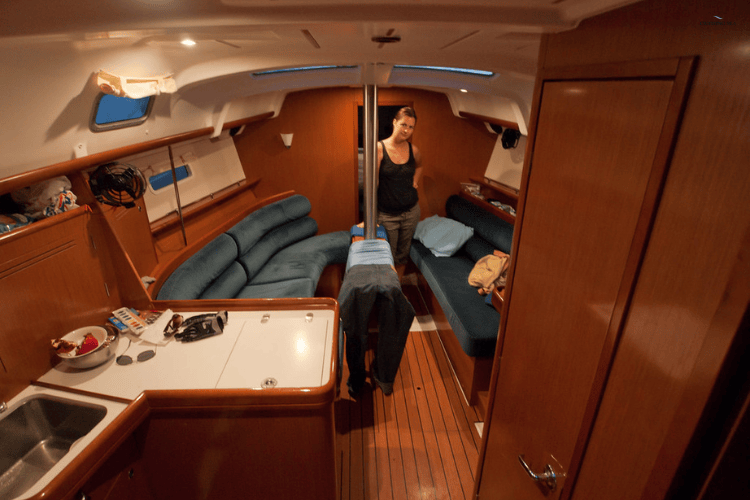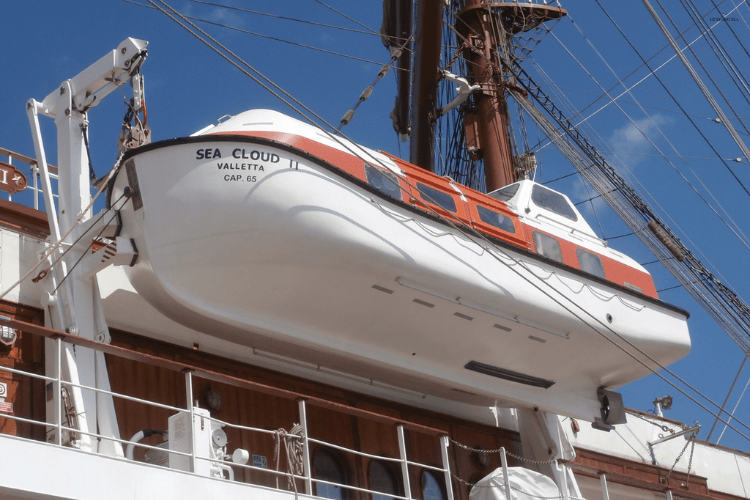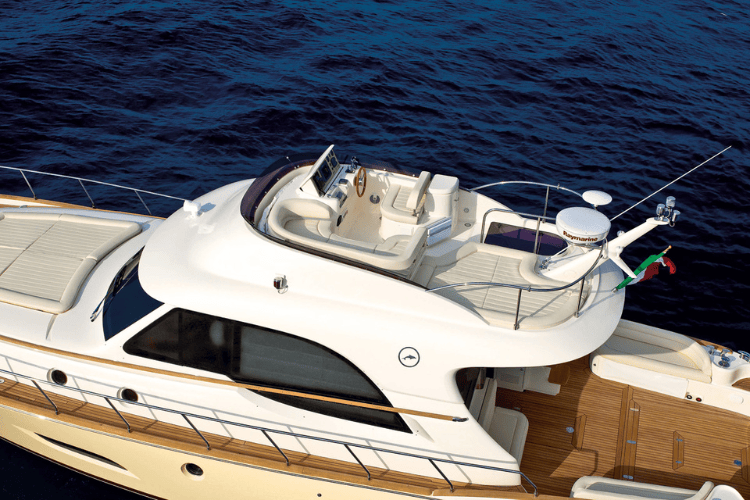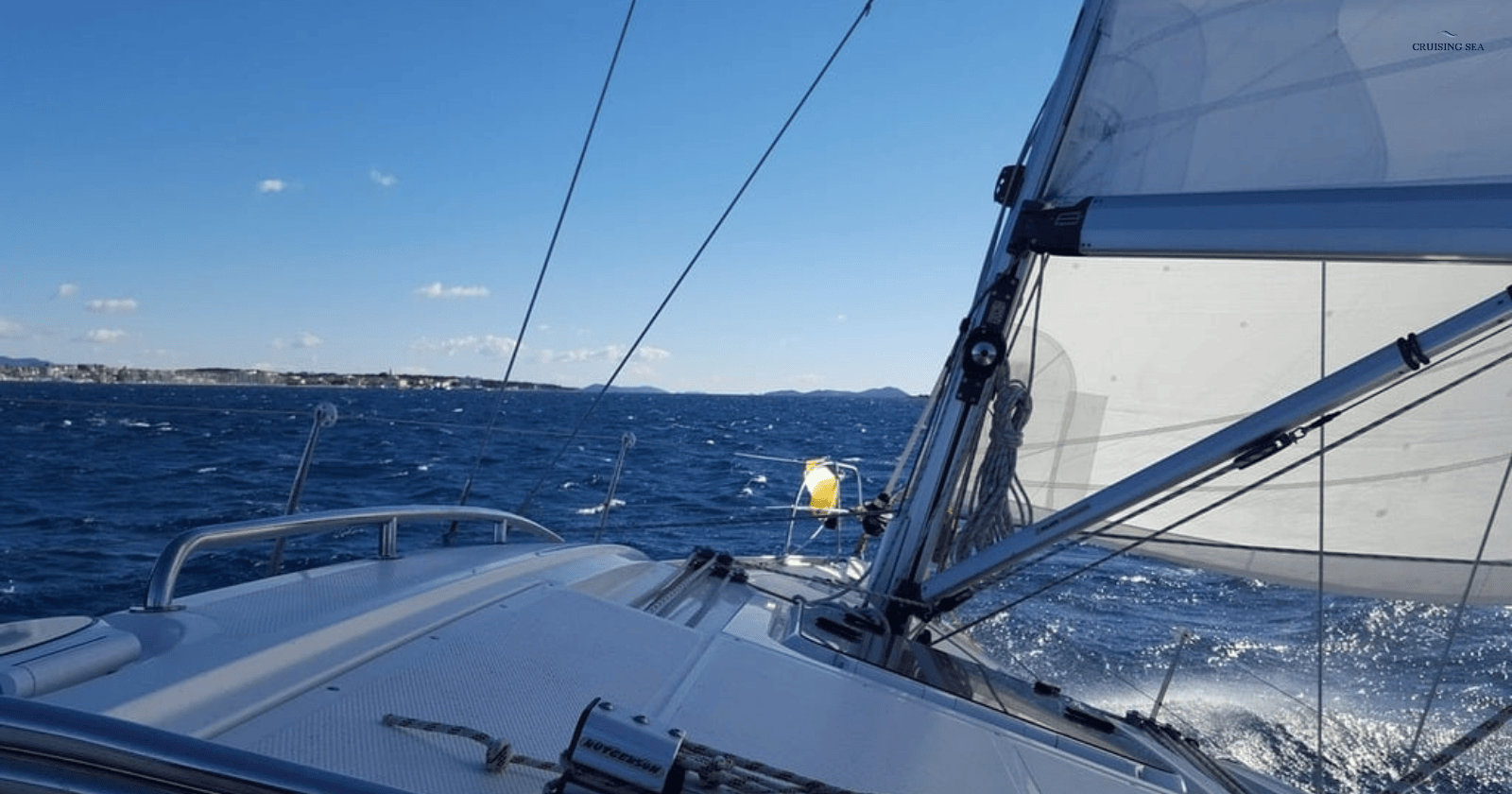Boats come in all shapes and sizes, but they all have some common parts that serve different functions. It’s like getting to know a new friend; learning about these parts helps you understand your boat better. So, if you want to know what are the different parts of a boat called, continue reading.
Boat Anatomy Basics

Hull
The hull is the watertight body of your boat, forming its basic structure. It provides buoyancy, allowing your boat to float, and it determines the vessel’s size, shape, and stability.
Bow
The bow refers to the very front or forward part of your boat. It’s designed to cut through the water as you move forward, often coming to a pointed shape to increase efficiency and reduce resistance.
Stern
On the back end of your boat, you’ll find the stern. This is the aft-most part and comes in various shapes and designs, which can affect the boat’s performance and wake.
Port Side
To your left, when facing forward, is the port side of the boat. Remembering this can be as simple as noting that “port” and “left” both have four letters. Always spot the port side with red navigation lights at night.
Starboard Side
Conversely, the starboard side is to your right when you’re looking toward the bow. This side is typically marked with green navigation lights when it’s dark, helping to differentiate it from the port side.
Structural Elements

Keel
The keel is the boat’s backbone; think of it as the central spine running along the bottom. It plays a pivotal role in providing structural integrity and stability, helping to balance your boat and keep it upright in the water. It’s usually the first part to be constructed when building a boat, laying the foundation for the overall design.
Transom
The transom is the flat surface forming the stern or the back end of your boat. It’s where you would typically mount the motor. Not just for power, the transom also adds to the structural strength and serves as a point of attachment for other equipment like swim platforms or ladders, making it easier for you to dive into the water or climb back on board.
Gunwale
Pronounced “gunnel,” the gunwale is the upper edge of your boat’s sides. It adds rigidity to the structure and is where the hull and deck are united. You’ll find it handy to hold onto when the sea gets rough, and it’s also the place where you often secure gear and equipment on deck.
Bulkhead
Bulkheads are the interior walls or vertical partitions within the hull, dividing the internal space into separate compartments. Their role isn’t just about organization; bulkheads contribute critically to the vessel’s structural integrity and can also act as watertight barriers, preventing water from flooding the entire boat in case of a hull breach.
Cabin
Your cabin is your boat’s living quarters, the cozy refuge where you can rest or take shelter from the elements. It can vary from a simple room with basic necessities to lavish quarters, depending on the boat’s size and type. For safety and ventilation, the cabin will often include hatches on the roof, which can be opened to let in light and air.
Deck Fittings

Deck fittings are integral to the function and operation of a boat. They hold everything from your lines to the mast and play a critical role when docking or managing sails.
Cleats
Cleats are the sturdy metal or plastic pieces where you secure lines on your boat’s deck. They’re essential when you’re docking, as you’ll wrap your dock lines around them to keep your vessel snug against the dock. You might see them in a “horn” style, which is the traditional shape that’s easy to recognize.
Mast
Your boat’s mast is the tall, vertical pole that rises from the deck. This is where your sails are hoisted, easily the center of your boat’s sailing rig. It’s crucial for supporting the sail and maneuvering, and without it, you wouldn’t catch any wind!
Anchor
An anchor securely holds your boat in place when you’re not at a dock. Stored on or below the deck, the anchor connects to a line or chain, which you lower to the seabed to prevent drifting. It’s your best friend when you want to stop for a swim or fish in the middle of the water.
Bilge
The bilge may not be fitting on top of the deck, but it’s worth mentioning because it’s where all water that enters the boat collects—ensuring your deck remains free of excess water. Located at the lowest part of your boat, it often requires a bilge pump to evacuate the water to keep your vessel afloat and your deck safe.
Navigational Elements

Helm
Your journey at sea begins with the helm—this is where you’ll take control. Think of it as the boat’s steering wheel, often surrounded by essential controls like the throttle and console. The console contains the navigational instruments you need to chart your course. Manage the throttle with care; it’s how you’ll regulate the boat’s speed.
Rudder
The rudder is the vertical blade at the stern of your boat, pivotal for steering. When you turn the helm, the cables connected to the rudder angle it accordingly, changing the water flow and altering your course. Remember, the rudder’s what makes your boat’s nose point where you want to go!
Bridge
The bridge isn’t just about the view—it’s your command center. It’s typically elevated, ensuring you have a clear view to navigate. Equipped with advanced navigation systems, you can monitor your surroundings and make informed decisions. In this cockpit, every tool and instrument is designed to keep you on track while you enjoy the journey.
Living Spaces

Galley
The galley is essentially the kitchen of the boat. Here, you’ll find everything you need to prepare meals, similar to your kitchen at home but typically more compact. You can expect a stove, possibly an oven, a sink, and storage for cookware and provisions. Don’t be surprised if the galley also incorporates clever space-saving features—every inch on a boat counts!
Berth
Your onboard bedroom, the berth, is where you’ll catch some Z’s after a day at sea. You might have a V-berth located at the bow, which is shaped like a “V” to match the contour of the hull. In larger boats, you might find more spacious sleeping options, with additional berths that can include double beds or bunks. Regardless of size, they’re designed to maximize comfort and utilize the available space efficiently.
Head
The head, or the bathroom on a boat, is much more than just a toilet—it’s a compact space designed to handle all your personal hygiene needs. It typically includes a toilet, a sink, and sometimes a shower. Considering the limited space, you’ll find that the head is often outfitted with multifunctional fixtures to make the most of the area, and it might be enclosed by waterproof canvas to keep the rest of the interior dry.
Safety and Operational Features

Lifeboats
Your lifeboats are crucial for emergency situations. They should be easily accessible and located above the waterline to ensure quick deployment. Regular checks on their condition and the presence of necessary equipment inside, like oars and signaling devices, could one day make all the difference.
Engine Room
The engine room houses your boat’s heart – the engine and its connected systems like the propeller and the tank. It’s your responsibility to keep this space free of fire hazards by ensuring fuel lines are secure, and bilge pumps are functioning to handle any water intake.
Lights
Navigation lights are not just for visibility; they communicate your boat’s position and movements to other vessels, preventing collisions. Make sure your red (port), green (starboard), and white (stern and masthead) lights are all in working order before you embark.
Storage
You’ll find storage spaces around your boat that can stow equipment and personal gear. Properly using storage helps in maintaining balance and keeping walkways clear to avoid trips and falls. Ensure there’s a designated spot for safety gear like life jackets and fire extinguishers – easily accessible in an emergency but secure during normal operations.
Specialized Boat Parts

Flybridge
Imagine yourself at the helm, perched high above the deck, with a panoramic view of the sparkling ocean around you. That’s the flybridge—a raised control station typically found on larger boats. Here, you’re not only steering the vessel, but you’re also getting the best view, possibly shielded from the sun or rain under a canopy. It’s a choice spot for leisurely navigation or keeping an eye out while fishing.
Swim Platform
At the stern, you’ll often find a swim platform—the perfect launching pad for a refreshing dip. Designed for recreation, it’s a low, flat area at the waterline where you can lounge, slip into the water with ease, or secure inflatable water toys. Not just for swimming, it’s a social hub where you can dangle your feet in the water and enjoy the sensation of the sea.
Livewell
For the avid angler, a livewell is an essential part of the boat’s anatomy. It’s effectively a tank that pumps in fresh water from the surroundings to keep fish alive and well. Think of it as a temporary home for your catch, ensuring the fish remain in peak condition until it’s time to head back to shore. Whether you aim for the thrill of catch-and-release or a fresh meal, your livewell is your underwater ally.
Boat Types and Their Distinct Features
Sailboats
Sailboats are distinguished by their sails and rigging, which harness wind power to glide across the water. The beam, or width, of a sailboat plays a critical role in providing stability, and they often come equipped with a bimini for protection from the sun. Bear in mind that the size and shape of the sail are pivotal—it’s what propels you!
Fishing Boats
With fishing boats, it’s all about maximizing your day of catching fish. You’ll find features such as a casting deck to give you the space you need and a higher freeboard to handle choppy waters. The chine, the intersection between the bottom and side of the hull, often enhances stability and performance. These boats are made to be durable, handling both calm lakes and tumultuous seas.
Speedboats
Speedboats, as their name suggests, are built for speed and thrilling performance. They’re typically smaller in size but come with powerful engines to slice through the water. Their shape is aerodynamically designed to reduce drag, and their lower weight contributes to swifter movements. Most importantly, they are constructed with both protection and excitement in mind, featuring sleek lines and responsive handling.
Final Words!
That’s about it! Knowing the names of boat parts will not only enrich your boating experience but also make your time on the water safe. So, take the time to get familiar with them and have fun!

Daniella has been passionate about travel, the sea, and nature for many years. As a child, she frequently traveled throughout the Mediterranean and continued with her journeys throughout her adult life.
Her experiences have created the desire within her to share her love for traveling with other passionate and adventurers who want to discover beautiful horizons and new cultures.

